Associate / Strategy & Sustainability Innovation / Brisbane
Audrey Penney
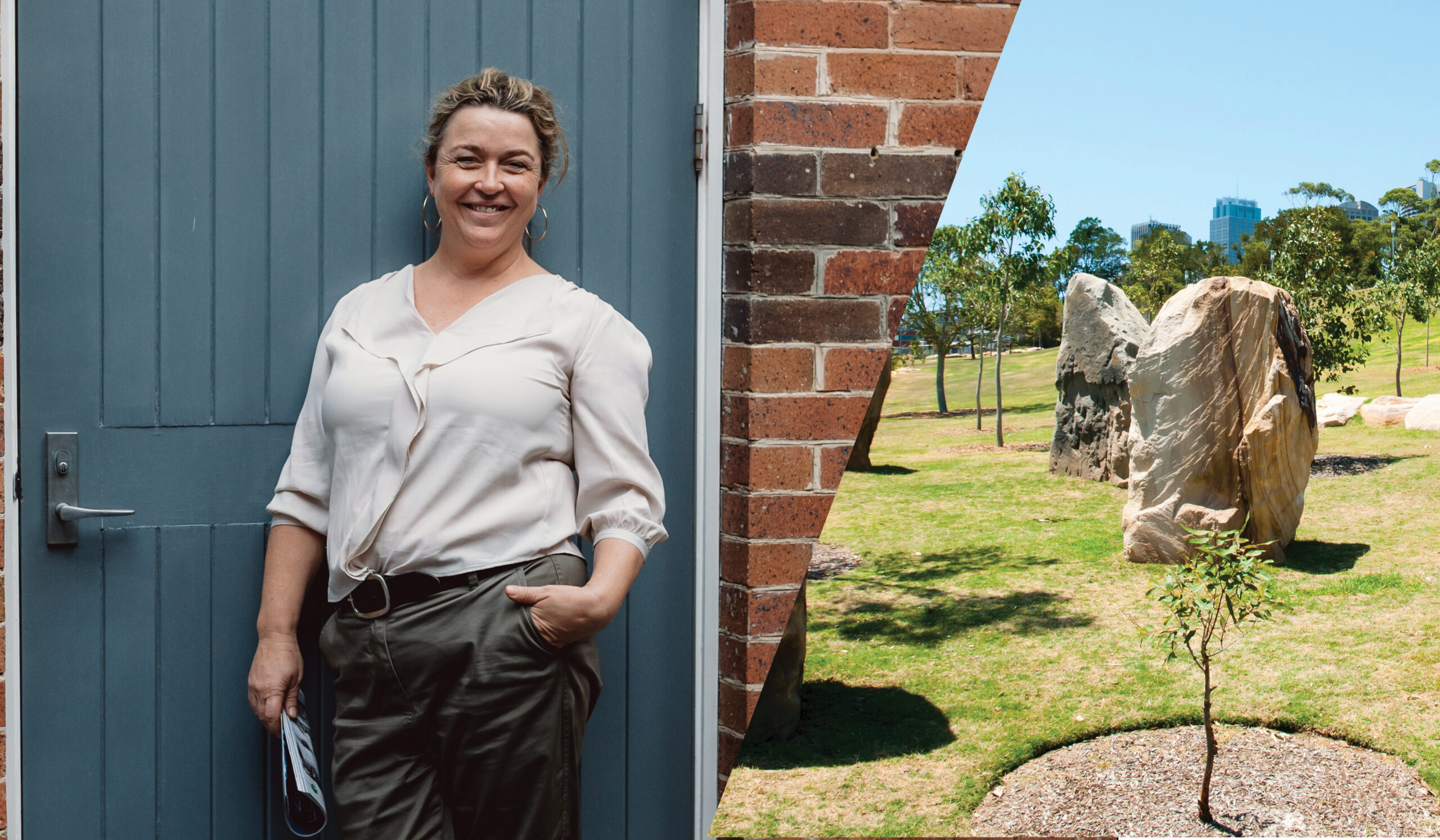
2 Jun 2022
Audrey has over 20 years of experience operating in the sustainability sector in various capacities. She more recently consulted within the education sector to universities, VET, and secondary as well as Local Government and private industry, particularly manufacturing. Her expertise lies in educating for sustainability, business development, strategy, community development and Corporate Social Responsibility.
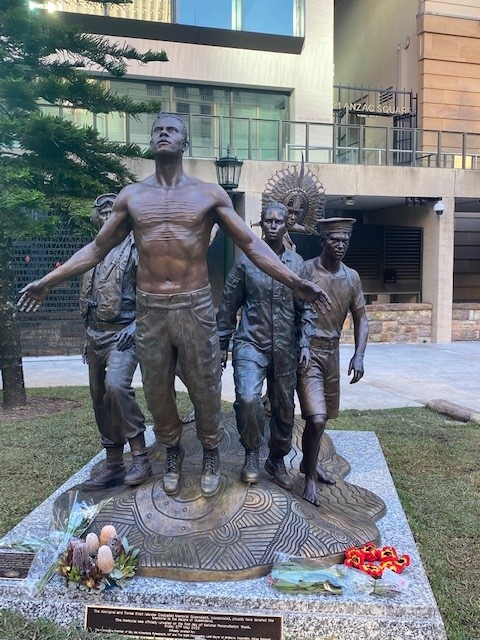
After attending the Unveiling of Queensland State Indigenous Memorial last week, I’ve spent some time reflecting on the journey of Australia’s First People and how we all have a role to play when it comes to reconciliation.
I had been in Australia for approximately one year in June 1992, when the High Court of Australia made its historical decision to legally recognise Aboriginal and Torres Strait Islander people as the Traditional Owners and Custodians of lands. The government acknowledged that they were, had always been, and should continue to be, caretakers of an entity much bigger than themselves that incorporated not only the animate, life, but also the inanimate, the rocks, the mountains, the rivers, and the sand.
A hard concept for a Western mindset to get their heads around.
Reconciliation Australia’s work over the last number of decades has been critical in the continuous change of the Australian Constitution to recognise Australia’s First People. Great efforts have been made to ensure steps are made across the five dimensions of historical acceptance; race relations; equality and equity, institutional integrity and unity.
I believe it is vital that these five elements are not seen as mutually exclusive or independent of the other. They are in fact interrelated much like our natural environment, and they ebb and flow throughout the network of our society much like an ecosystem.
So, if we are talking about sustainability, we cannot do so without recognising a highly successful civilisation that existed for millennia prior to our arrival. And if we look at these five dimensions even more closely it is important that reconciliation not only takes place between Indigenous and non-Indigenous peoples. It is the reconciliation that needs to take place within our Western mindsets that has directed our line of thinking for the last two hundred or so years since the industrial revolution. Not a lengthy time by Aboriginal standards but nonetheless long enough to give a stronghold that has led to our current environmental, social, and economic thinking and subsequent impacts
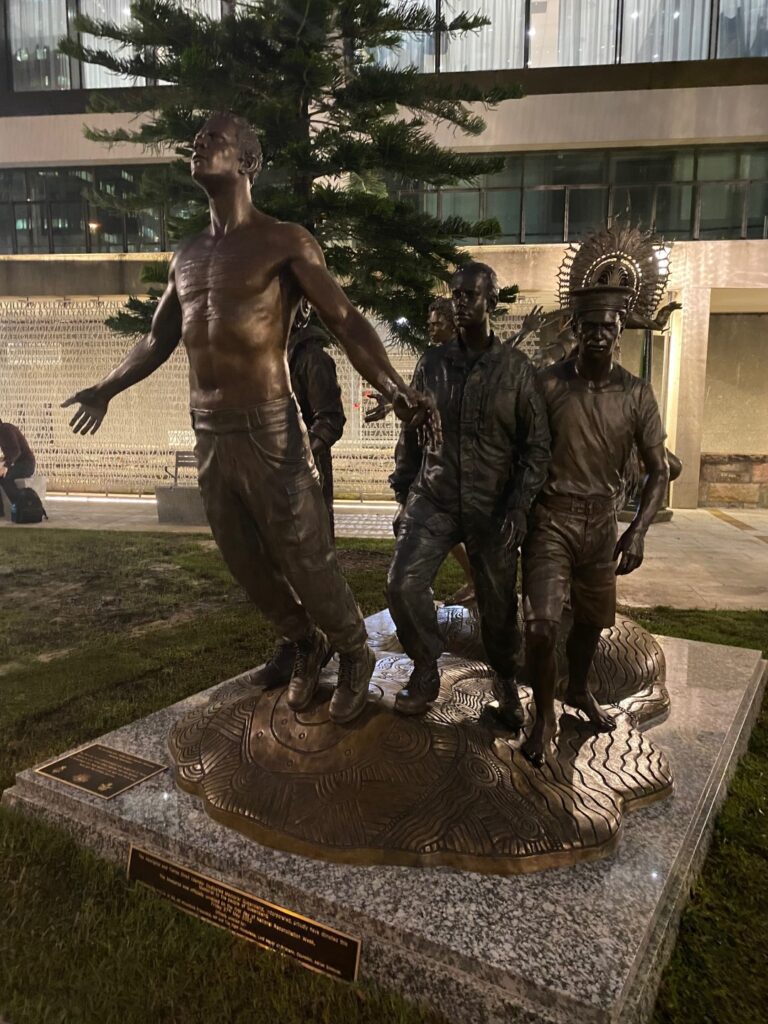
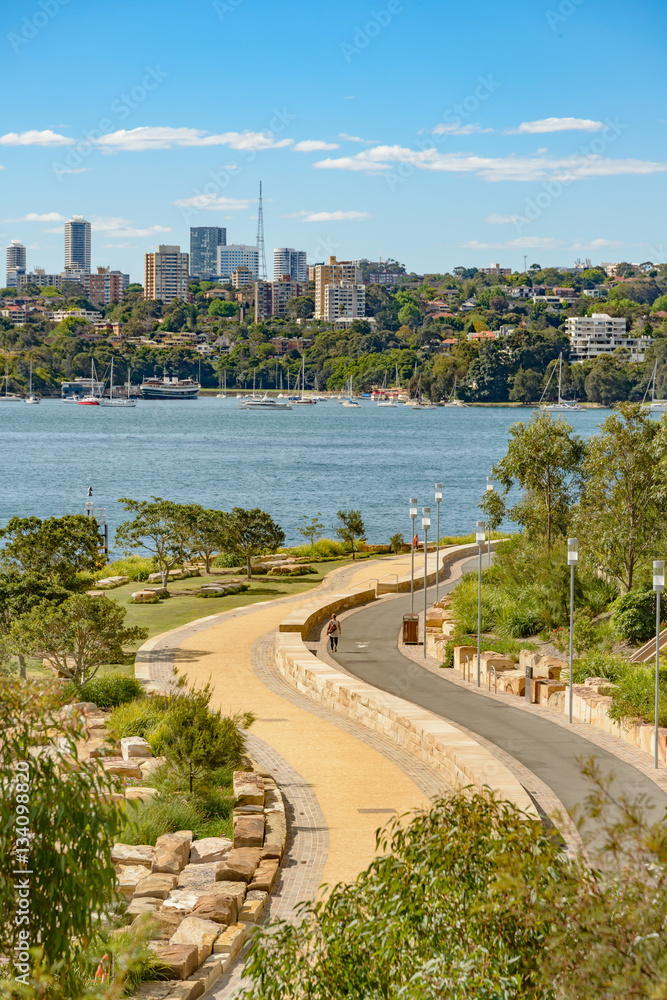
Perhaps, moving forward, we Westerners need to reconcile the fact that business as usual is no longer the business model we can afford to apply. It’s no longer relevant because of its environmental devastation and underestimation of social capital. And no longer relevant because, economically speaking, it has not accounted for those externalities like embodied carbon in our material chain that we have chosen to ignore. Now we know differently, we are scurrying to figure out how to mitigate this. Maybe it’s also this kind of reconciliation we need to have to progress forward in a united effort toward Net Zero, to create a new business paradigm that embraces regeneration and circularity.
In the building and construction sector for example I recently had a conversation with a Director of an Indigenous Design Group who relayed some wisdom from one of the local Traditional Owners. This was, if we are talking about buildings there should be no building, but if we have to have a building then we need to consider the land we build on, including the microorganisms, the sky we populate, the species we share this with, the waters that we use to create it and that lives alongside and underneath it.
By engaging with Indigenous Groups through the act of reconciliation we put ecology on the table. By incorporating and challenging the sector to embed Indigenous Design Principles we may begin to understand what a sustainable building truly looks like.
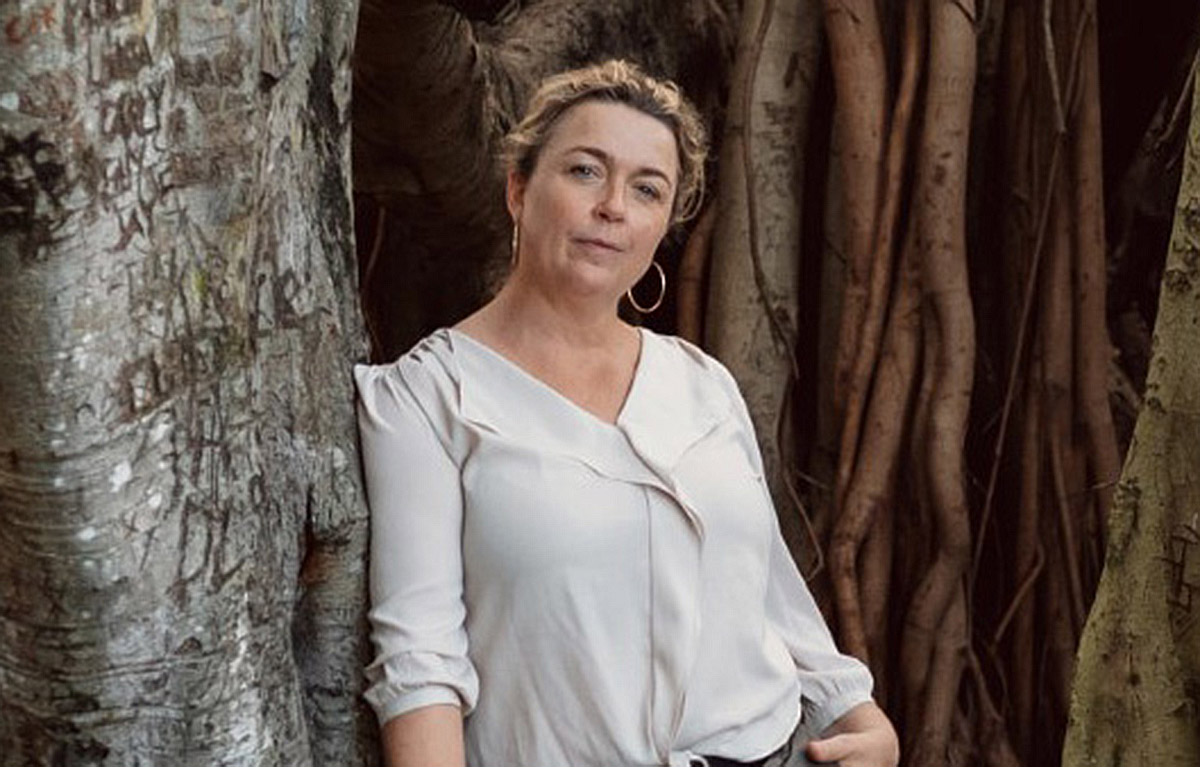
Associate / Strategy & Sustainability Innovation / Brisbane
Audrey Penney
P: +61 7 3088 4022
M: +61 457 556 434
E: [email protected]